Yellow Poplar Tulipwood
- September 12, 2023
- 0 comment
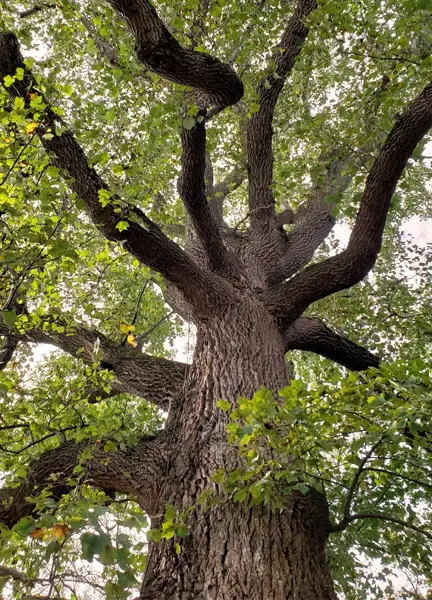
Yellow Poplar, scientifically known as Liriodendron tulipifera, is a remarkable hardwood species native to North America. It is commonly referred to as Tulipwood due to its striking yellowish-green heartwood that often exhibits a vibrant greenish tint. This unique and versatile wood has earned its place as a cherished material in various industries and applications. Its fine, even texture and straight grain make it a favorite for woodworking, especially in furniture making. Yellow Poplar’s lightweight nature, coupled with its strength and ease of machining, makes it an ideal choice for crafting everything from fine furniture to shiplap siding and wood decking.
Texture
Yellow Poplar Tulipwood boasts a fine and even texture, making it a joy to work with for woodworkers. Its grain is typically straight, although it can occasionally display a wavy or interlocked pattern. This consistency allows craftsmen to achieve smooth finishes and intricate detailing in their projects, enhancing the overall quality of the final product.

Bark
The bark of Yellow Poplar trees is typically grayish and smooth when young, developing furrows as the tree matures. While not often used for practical purposes, its aesthetic appeal and unique texture make it an intriguing feature for artists and nature enthusiasts, serving as a canvas for creative expressions and a source of inspiration.
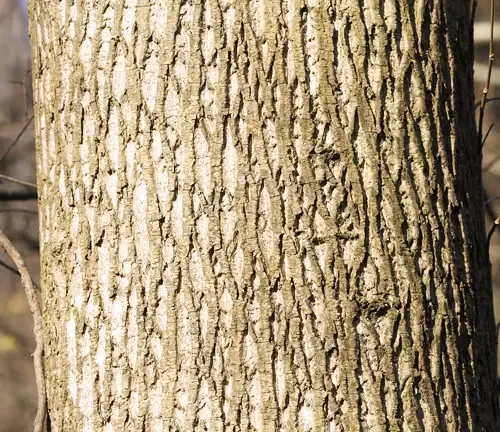
Furniture
Yellow Poplar is a preferred choice for crafting fine furniture due to its lightweight nature and ease of machining. Woodworkers can create elegant and functional pieces from Yellow Poplar, and it can be stained or finished to mimic the appearance of higher-end woods. This cost-effective alternative allows for the production of beautiful furniture without compromising on quality.
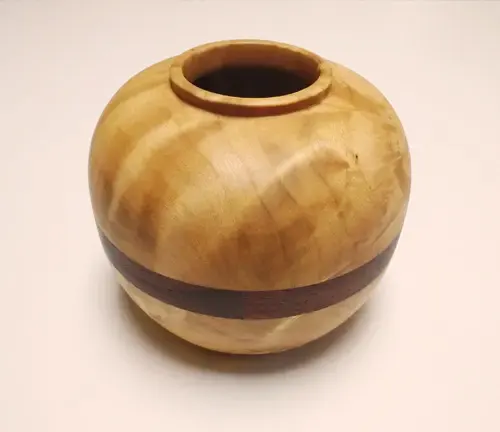
Weapon
Historically, Yellow Poplar was occasionally used for crafting traditional longbows and hunting implements due to its favorable combination of strength and flexibility, making it a reliable choice for weaponry production.

Firewood
Although not as popular as some other hardwoods for firewood, Yellow Poplar can be used as a reliable source of heat when properly seasoned and dried, providing a warm and cozy ambiance in homes during colder seasons.
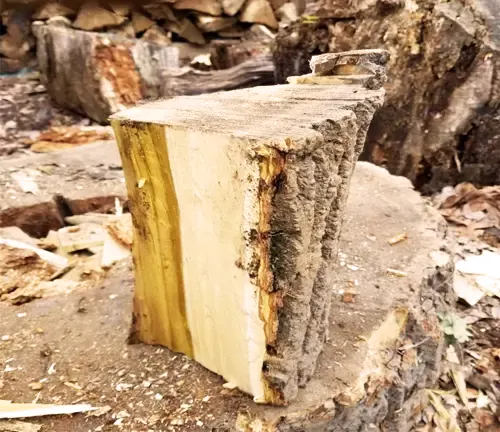
Construction
The wood’s stability and strength make it a suitable option for various construction applications, including framing, interior millwork, and even some exterior components like siding. Its versatility in construction contributes to the longevity and structural integrity of buildings and infrastructure.

Plywood
Yellow Poplar is a commonly used veneer for plywood production, contributing to its lightweight and dimensionally stable characteristics. This makes it a valuable component in the manufacturing of plywood, which is used in a wide range of applications.

Board
Yellow Poplar boards are readily available in various dimensions, making them a valuable choice for a wide range of woodworking projects. Their consistent quality and ease of use make them a staple in workshops around the world.
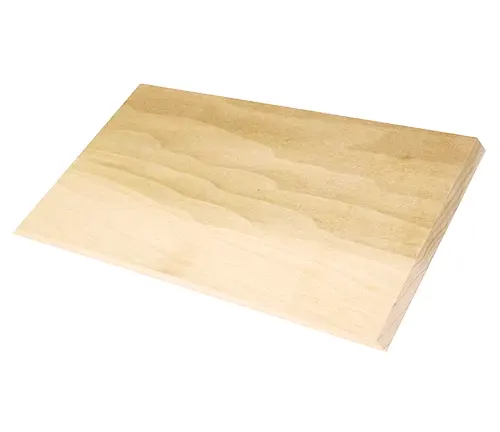
Railroad Cross Ties
Its durability and resistance to decay have made Yellow Poplar an occasional choice for railroad cross ties, ensuring the safety and reliability of train tracks by providing a sturdy and long-lasting foundation.
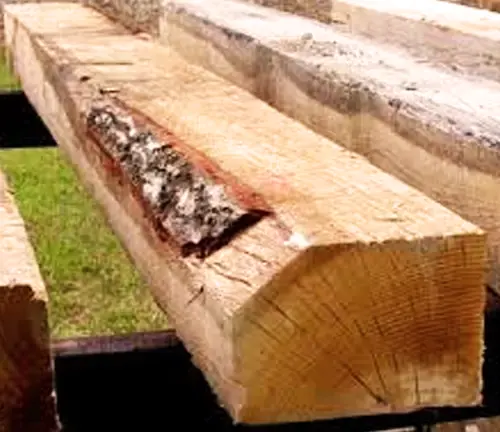
Pallet
Yellow Poplar’s favorable strength-to-weight ratio makes it an ideal choice for constructing pallets, a crucial component in the logistics and transportation industry. Pallets made from Yellow Poplar strike a perfect balance between durability and weight, allowing them to bear substantial loads while remaining easy to handle. This efficiency is particularly vital in warehouses and distribution centers, where goods and materials need to be stacked, stored, and transported with ease. Yellow Poplar pallets contribute to the smooth flow of products through supply chains, enhancing the efficiency and cost-effectiveness of the entire process.
Cants
Cants, or partially processed logs, can be cut from Yellow Poplar trees for further milling into various lumber products, optimizing the use of the wood and reducing waste.
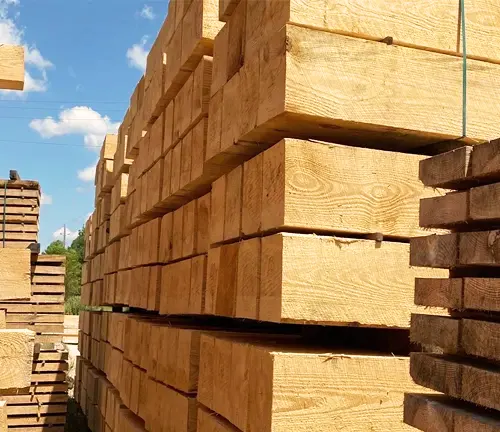
Fencing
The wood’s affordability and ease of installation make it a practical choice for fencing applications, providing both privacy and security while maintaining an attractive appearance.
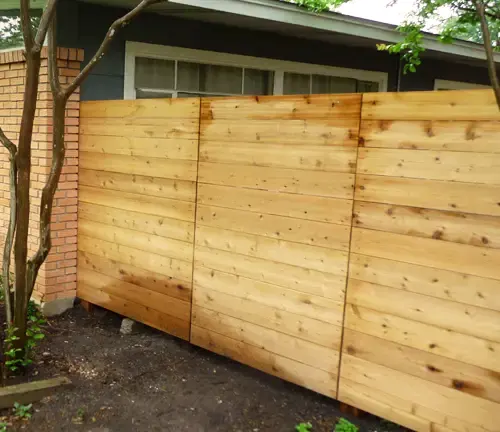
Wooden Crates
Yellow Poplar is often used in the construction of wooden crates, offering a lightweight yet sturdy solution for packaging and shipping a wide range of products.
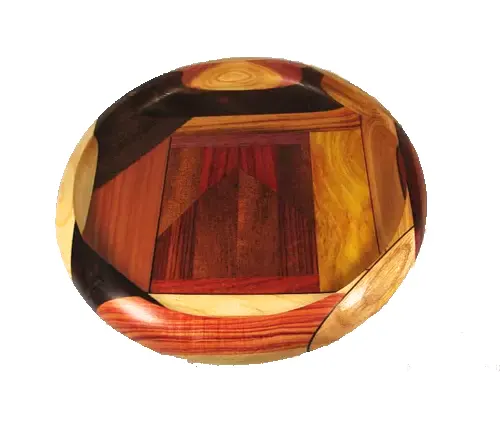
Wood Decking
Its natural resistance to decay and insects, combined with its appealing appearance, makes Yellow Poplar a favorable option for wood decking in outdoor spaces, providing a durable and visually pleasing surface for leisure and relaxation.
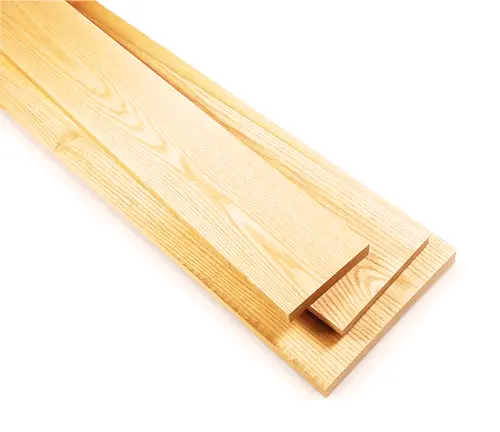
Shiplap
The ease of working with Yellow Poplar makes it an excellent choice for shiplap siding, contributing to the charming aesthetics of both interior and exterior walls with its characteristic overlapping profile.
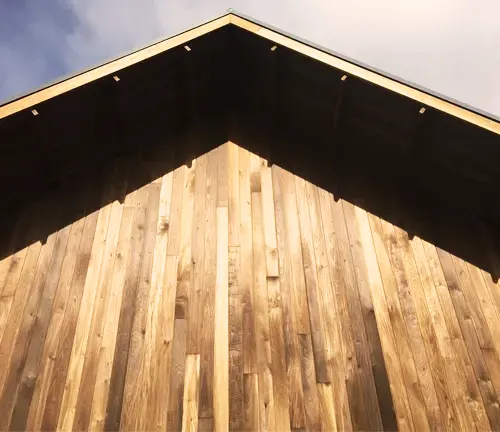
Live Edge Siding
For those seeking a rustic and organic look, Yellow Poplar can be used for live edge siding, highlighting the natural contours of the wood and adding a unique, natural touch to architectural designs.
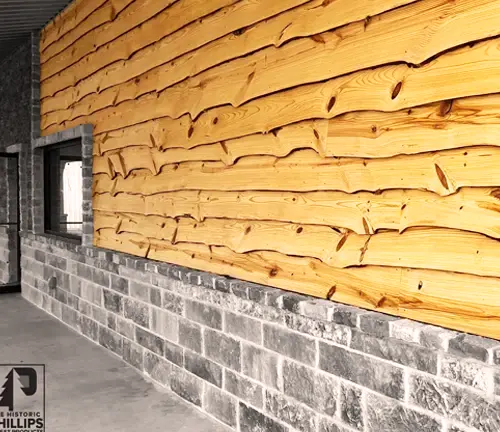
Slabs
Yellow Poplar slabs are prized by woodworkers for their wide, flat surfaces, which are ideal for crafting custom tabletops, countertops, and other large pieces. These slabs showcase the wood’s natural beauty and character.
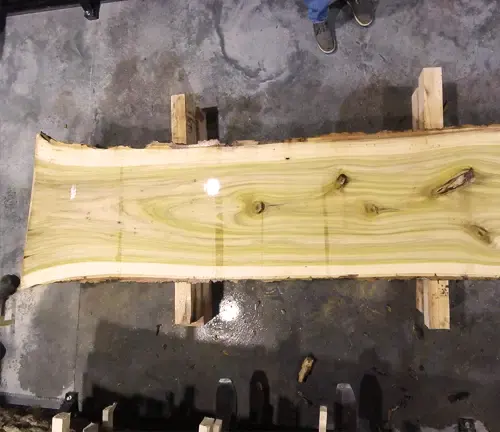
Beams
Yellow Poplar wood’s remarkable strength and stability render it a top choice for structural beams in construction projects. These beams serve as the backbone of buildings and infrastructure, bearing the weight of entire structures and distributing loads evenly. What sets Yellow Poplar apart is its combination of robustness and relatively low weight, making it both durable and easy to work with. Its natural resistance to decay and pests further adds to its longevity, ensuring that architectural projects supported by Yellow Poplar beams stand the test of time.

Feel free to explore our Lumber Section for a more in-depth exploration of the versatile realm of wood and its myriad uses. An abundance of valuable information awaits your discovery, so don’t hesitate to delve in and begin your next enlightening reading journey. Enjoy your reading!
Frequently Asked Questions (FAQs)
- What is Yellow Poplar Tulipwood, and where is it found?
Yellow Poplar Tulipwood, scientifically known as Liriodendron tulipifera, is a hardwood species native to North America. It is found primarily in the eastern United States, from southern New England to Florida and west to the Mississippi River. - Why is Yellow Poplar often called “Tulipwood”?
Yellow Poplar earned the nickname “Tulipwood” due to its distinctive yellowish-green heartwood, which can exhibit a vibrant greenish tint. This unique coloring resembles the shape and color of tulip flowers. - What are the notable characteristics of Yellow Poplar wood?
Yellow Poplar boasts a fine and even texture, with a typically straight grain that allows for smooth finishes and intricate detailing in woodworking. It is lightweight, making it a preferred choice for various applications, and can be stained to mimic the appearance of more expensive hardwoods. - What are some common uses of Yellow Poplar wood?
Yellow Poplar is used in a wide range of applications, including furniture making, construction (framing and millwork), plywood veneer production, crafting pallets and crates, fencing, and even as wood decking for outdoor spaces. Its versatility makes it a valuable resource in woodworking. - Is Yellow Poplar suitable for firewood?
While not as popular as some other hardwoods, Yellow Poplar can be used as firewood when properly seasoned and dried. It can provide a reliable source of heat and is valued for its pleasant aroma when burned. - Is Yellow Poplar a sustainable wood choice?
Yellow Poplar is considered a sustainable choice due to its fast growth rate and the ability to regenerate naturally. When harvested responsibly, it can be a renewable and eco-friendly option for various wood products. - Why is Yellow Poplar used for railroad cross ties and structural beams?
Yellow Poplar’s durability, resistance to decay, and overall strength make it suitable for railroad cross ties, ensuring the safety and reliability of train tracks. Its strength and stability also make it an excellent choice for structural beams in construction, providing essential support for buildings and infrastructure.
In conclusion, Yellow Poplar Tulipwood stands as a testament to nature’s artistry and versatility. Its vibrant hues, fine texture, and strength have made it a beloved choice in woodworking and construction alike. From crafting exquisite furniture to providing essential structural support, Yellow Poplar continues to leave its mark as a sustainable and cherished resource, offering both beauty and functionality in every grain.









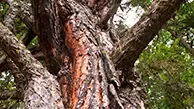




Leave your comment